It was one of sport's most memorable achievements. It would have been a historic feat, no matter who was in the saddle, but, coming as it did from the gifted hands of the world's greatest jockey at such an advanced athletic age, the feat took on miracle proportions. The sports world was awed and delighted.
The victory put a crown of gold on a 41 year career that saw the pint sized Texan ride more horses, win more races, capture more stake purses and earn more prize money than any jockey who ever lived. Before retiring in 1990, Shoemaker rode 8,833 winners, 1,009 of them in stakes races and 250 with purses of $100,000 or more. He also won 10 national money titles and over $123 million in purses.
Then, on April 8, 1991, a little more than a year after retiring to become a trainer, Shoemaker was involved in a one-car accident that left him paralyzed from the neck down.
Shoemaker retired as a trainer in 1997 following Santa Anita's Oak Tree meet. He now works with the Paralysis Project, where he serves as honorary chairman.
- 1 round loaf hearty white or sourdough bread, unsliced
- 1 (8-ounce) package cream cheese, softened
- 2 tablespoons taco seasoning mix
- 1 (4.5-ounce) can chopped green chilies, drained well
- 2 tablespoons chopped fresh cilantro
- 2 cups Mexican cheese blend
- Queso cotija cheese for sprinkling (see note)
- Preheat oven to 375º. Tear a piece of aluminum foil large enough to loosely wrap the whole bread.
- Using a serrated knife, make a series of parallel cuts in the bread about 1-inch apart and about 2-inches deep. Then rotate the bread and cut it in the opposite direction until you end up with a crisscross pattern (see photo). Place the bread on the foil, and set aside.
- In a medium bowl, combine remaining ingredients except queso cotija cheese; mix well. Evenly spread cream cheese mixture into all the bread cuts, being careful not to break the bread apart. If you get some of the cheese filling on the crust, wipe it off with a paper towel. Wrap the bread loosely in foil.
- Place the wrapped loaf on a baking sheet and bake 15 minutes, then uncover it and continue to bake 10 to 15 minutes or until the cream cheese is melted. Sprinkle with cotija cheese and serve warm,
- Not sure what cotija cheese is? Cotija is a Hispanic-style cheese named after the town of Cotija in Mexico. This hard, crumbly cheese is usually made from cow's milk. It is similar to feta which can be a substitute in the rare case that you cannot find this at your local market.

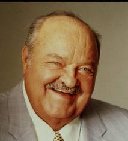
On September 27th, National Corned Beef Hash Day adds flavor to every meal while cleaning out the fridge, too.
Making corned beef hash is a great way to use up leftovers. Corned beef hash became popular during and after World War II. Since rationing limited the availability of fresh meat, corned beef filled the gap. Cooks became creative with herbs, spices, and leftovers. Nothing was wasted. In lean times, stretching a meal became a priority.
The Hormel Company claims it introduced corned beef hash and roast beef hash to the United States as early as 1950. However, World War II reporter, Betty Wason, lists a corned beef hash recipe in her Cooking Without Cans cookbook printed in 1943. Other forms of hash existed as part of the American diet since at least the 19th century. The numerous recipes available before that time also attest to the country’s love of the dish as does the existence of many “hash houses” named after the dish.
HOW TO OBSERVE
Serve up some corned beef hash for breakfast or supper. Either way, you’ll be adding flavor to your meal. So, make a lot and invite a crowd. It’s the best way to Celebrate Every Day!
Try our very own Easy Corned Beef Hash Recipe this weekend!




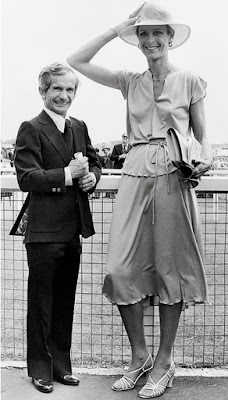
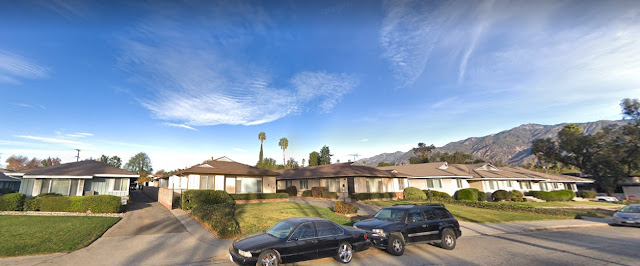



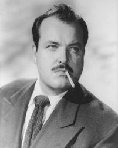
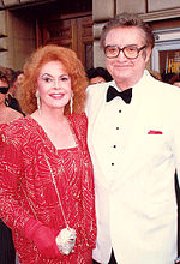


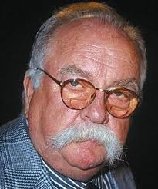




No comments:
Post a Comment